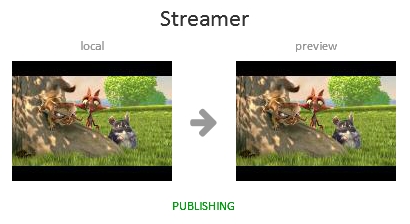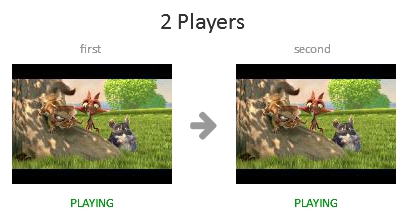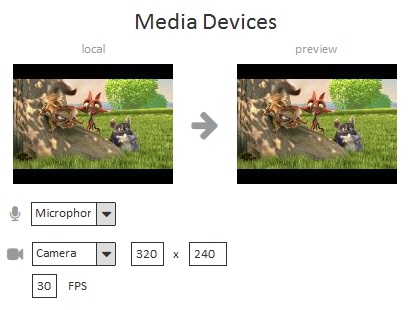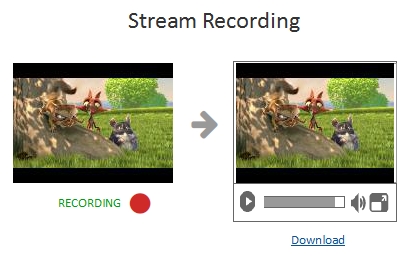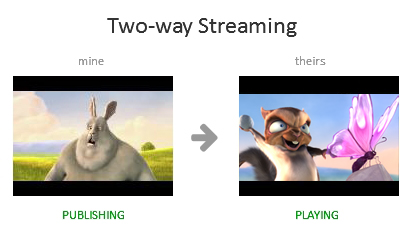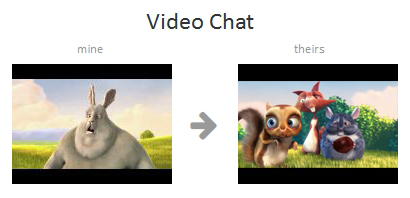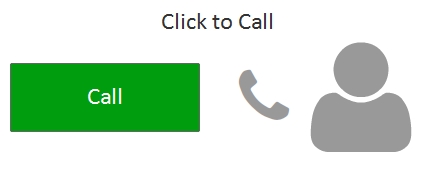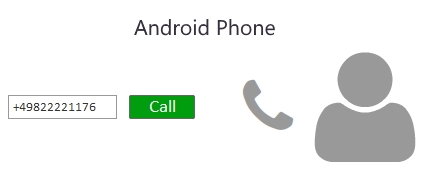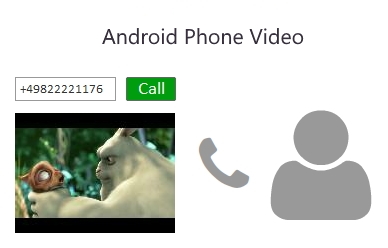Android SDK
You can build your own streaming and calling mobile apps based on the Android SDK
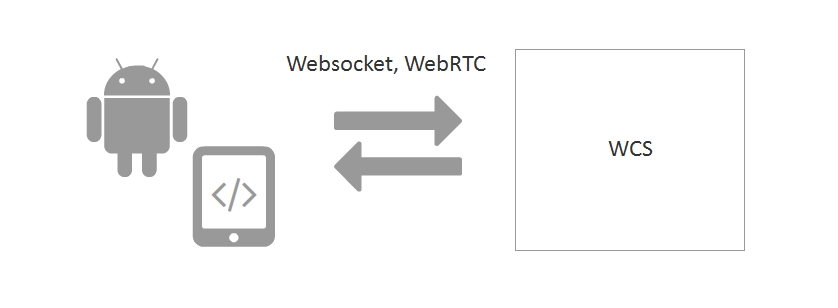
|
Connect to server session = Flashphoner.createSession(sessionOptions); |
Publish a stream publishStream = session.createStream(streamOptions) publishStream.publish(); |
|
Play a stream publishStream = session.createStream(streamOptions) publishStream.play(); |
Unpublish or stop publishStream = session.createStream(streamOptions) publishStream.stop(); |
Give it a try
1. Install WCS-server using this instruction or launch a server instance on Amazon AWS or DigitalOcean.
2. To test compiled applications, download The full build with the examples And install the .apk file to your Android device.
Download Android SDK builds
WebRTC Android SDK and demo apps
Sample sources
Source code of demo apps for Android SDK
Android SDK API docs
Learn API documentation for Android SDK
Android SDK Developer Guide
Here we explain source codes of Android mobile apps
Android SDK code samples
Set of demo samples based on the Android SDK
The streamer can be used to publish a live stream from a camera of a mobile device to the server.
The player is used for the live stream playback in mobile apps
This example is helpful if you need to place two or more live players on the same mobile app view.
You can select particular camera of a mobile device and apply available settings such as FPS, frame size, etc.
This example allows to record a live stream in a mobile application and then download or play the recorded stream.
This is two way streaming example when we publish a stream from a mobile device and play another stream simultaneously. It can be used as a base for video chat.
Video conference for three participants. Each participant can be a browser or mobile device.
Video chat for two participants. Each participant can be a browser or mobile device.
Click to Call button for SIP calls from a mobile app.
Phone mobile application working over the SIP protocol.
Phone mobile application with video support working over the SIP protocol.
All demo samples are described in the Developer Guide

